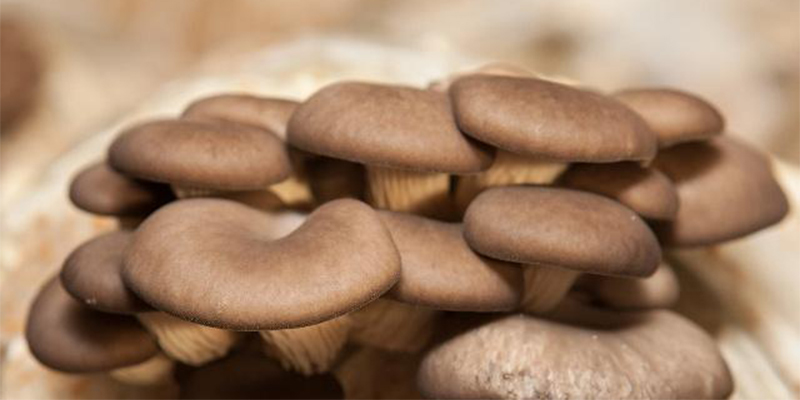How to obtain carbon source during the cultivation of Pleurotus Ostreatus?

Carbon source is an important nutrient source of Pleurotus ostreatus. Its main function is to form cell matter and provide the energy needed for growth and development. It is the most abundant element in Pleurotus ostreatus.
Pleurotus ostreatus mainly uses organic carbon sources, such as glucose, sucrose, organic acids and alcohols and other small molecular organic substances, as well as high molecular organic substances such as cellulose, hemicellulose, lignin, pectin and starch.
Small molecular organic matter can be directly absorbed and utilized by cells, while macromolecular organic matter such as starch and cellulose must be degraded into glucose by amylase and cellulase before they can be utilized. Hemicellulose and lignin must be degraded into various monosaccharides by hemicellulase and ligninase before they can be utilized.
In the cultivation of Pleurotus ostreatus, in addition to simple sugars such as glucose and sucrose, the carbon source mainly comes from various leftovers of agricultural and sideline products rich in cellulose, hemicellulose and lignin, such as cottonseed hulls, corncobs, bagasse, etc. .
Studies have shown that mannose, glucose, and maltose are beneficial to the mycelial growth of Pleurotus ostreatus, and sucrose, fructose, starch, and cellulose are beneficial to the formation of fruiting bodies. Adding glucose when making the mother seed medium is conducive to the direct absorption of the mycelium, which will make the mycelium grow faster.
How to obtain carbon source in the process of oyster mushroom cultivation?
In the actual cultivation process, cellulose, hemicellulose, and lignin in trees and straw are good carbon sources for Pleurotus ostreatus, but due to their slow decomposition, they cannot meet the growth needs of mycelium.
In order to promote the rapid growth of mycelium, it is best to add an appropriate amount of easy-to-use carbon sources such as rice bran and wheat bran to the compost such as sawdust and straw to induce the production of cellulase and ligninase.

(1)(1).jpg)
 CONTACT
CONTACT